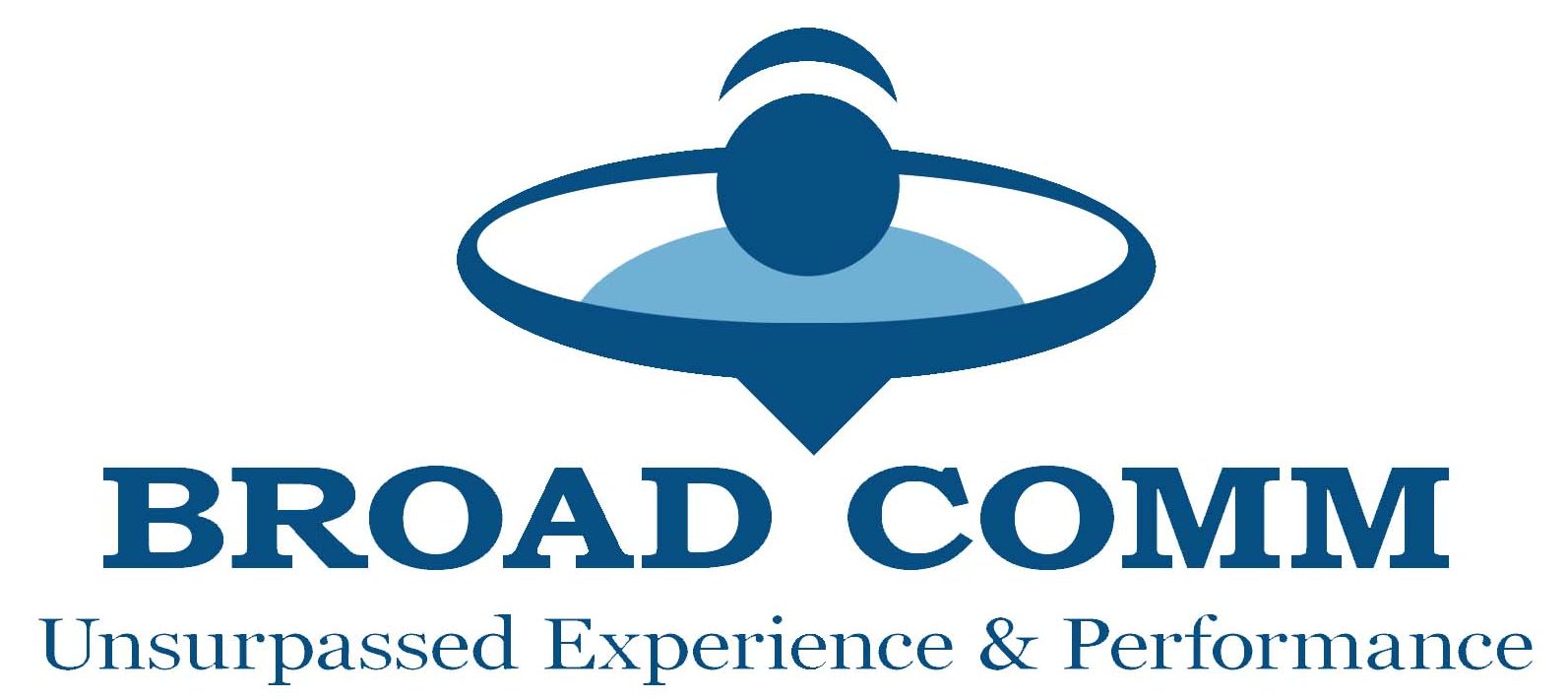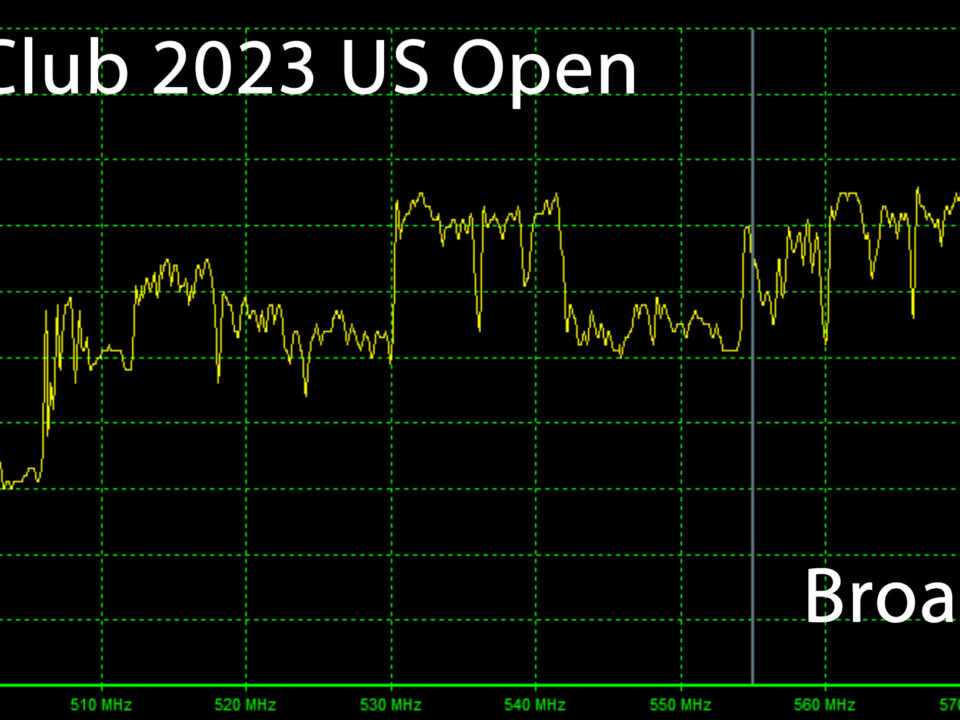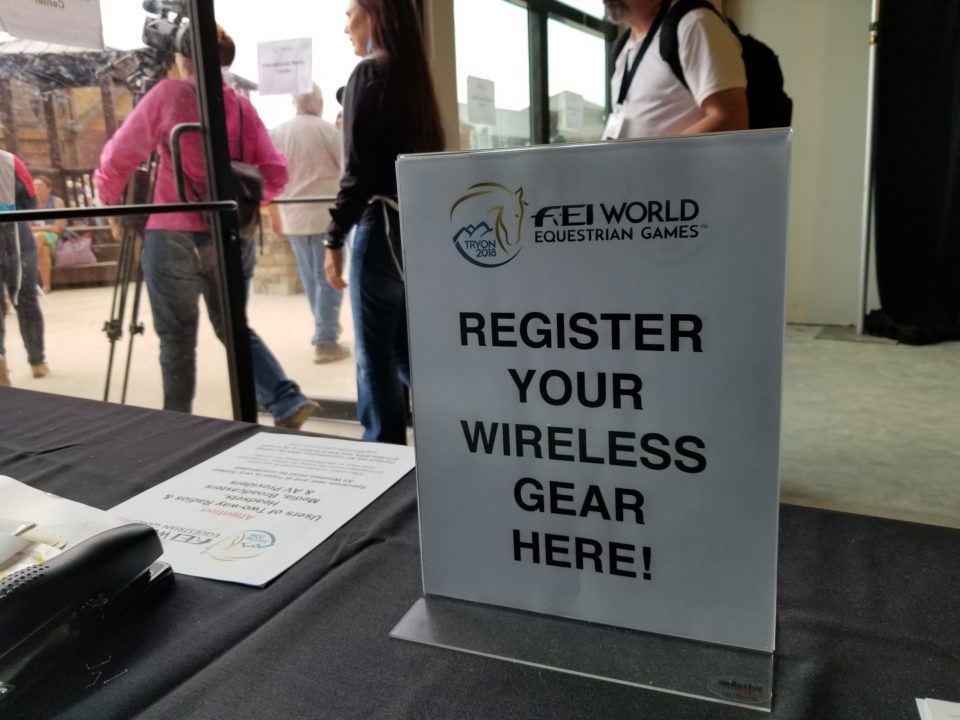Broad-Comm CEO Says FCC Repack Notices Exhibit Minimal Effort
February 7, 2017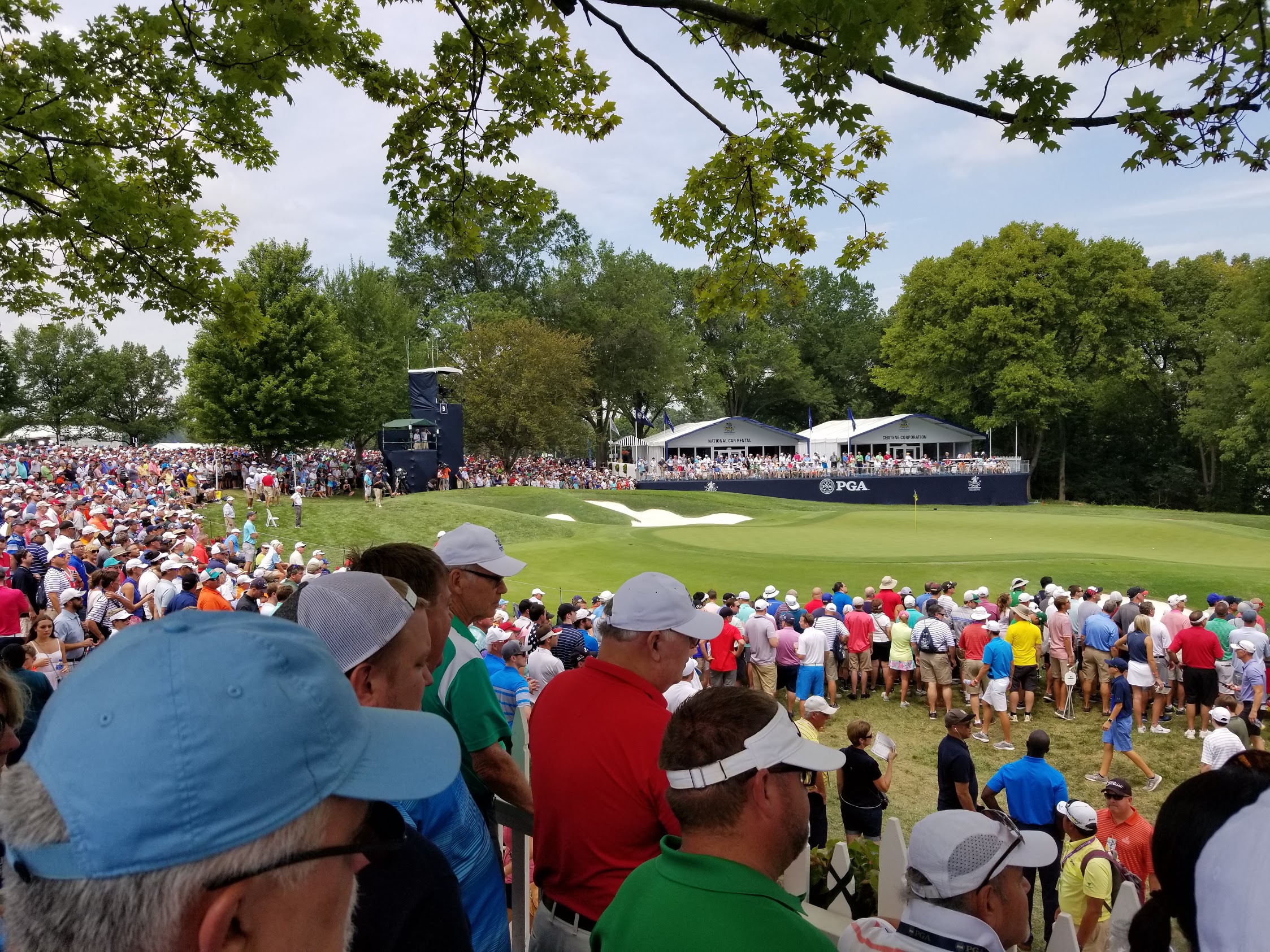
Bellerive Busy with RF
February 12, 2019 The USGA US Open 2018 is in the books as a dramatic nail biter to the end for the players, viewers and fans in attendance. The RF Team tackled many challenges squeezing in over 800 frequency assignments on the tip of Long Island. The Shinnecock course was a definite challenge for golfers and brought many challenges also to the broadcasters.
The USGA US Open 2018 is in the books as a dramatic nail biter to the end for the players, viewers and fans in attendance. The RF Team tackled many challenges squeezing in over 800 frequency assignments on the tip of Long Island. The Shinnecock course was a definite challenge for golfers and brought many challenges also to the broadcasters.To start with, the Network Compound was located across a road, down a path and in to the woods. Just getting across the road at times could be an experience. Although miles of fiber was strung through out the course, over thirty RF cameras were employed along with a mesh network.  An RF tower was built at a far point aptly callled “top of the hill.” Early problems included demod and interferences from co-located services that were quickly worked through. CP provided most of the RF equipment support.
An RF tower was built at a far point aptly callled “top of the hill.” Early problems included demod and interferences from co-located services that were quickly worked through. CP provided most of the RF equipment support.
 An RF tower was built at a far point aptly callled “top of the hill.” Early problems included demod and interferences from co-located services that were quickly worked through. CP provided most of the RF equipment support.
An RF tower was built at a far point aptly callled “top of the hill.” Early problems included demod and interferences from co-located services that were quickly worked through. CP provided most of the RF equipment support.Most of the advance RF team work included finding stable channels for a large number of BTRs to work within the large number of wireless microphones and IFB’s employed by the rights holders, FOX Sports and Sky Sports. The USGA and NBC Golf also employed a large number of wireless devices.
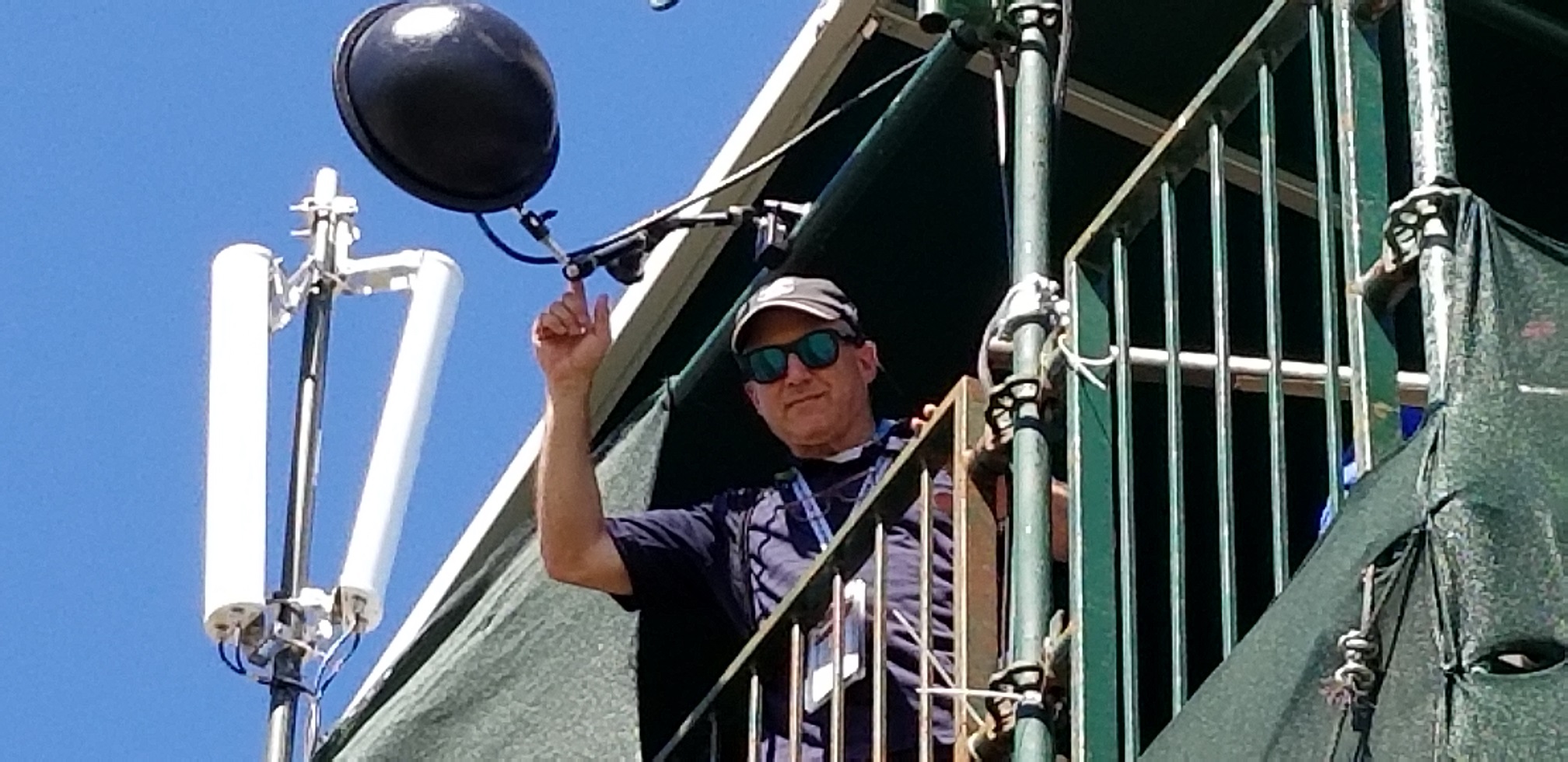
Hundreds of media outlets began arriving at the start of the week requiring coordination from local media outlets to national news and sports networks. More print media than ever arrived at this event with cameras and wireless mics. The biggest problem we found continues to be unregistered devices. Outlets that have never experienced a controlled venue and many believed their devices were not RF due to the auto sync that many new cheaper devices have, and from lack of training or knowledge from their management. Two way radios (that require a license,) pocket wizards and camera hops were just a sampling of problem devices.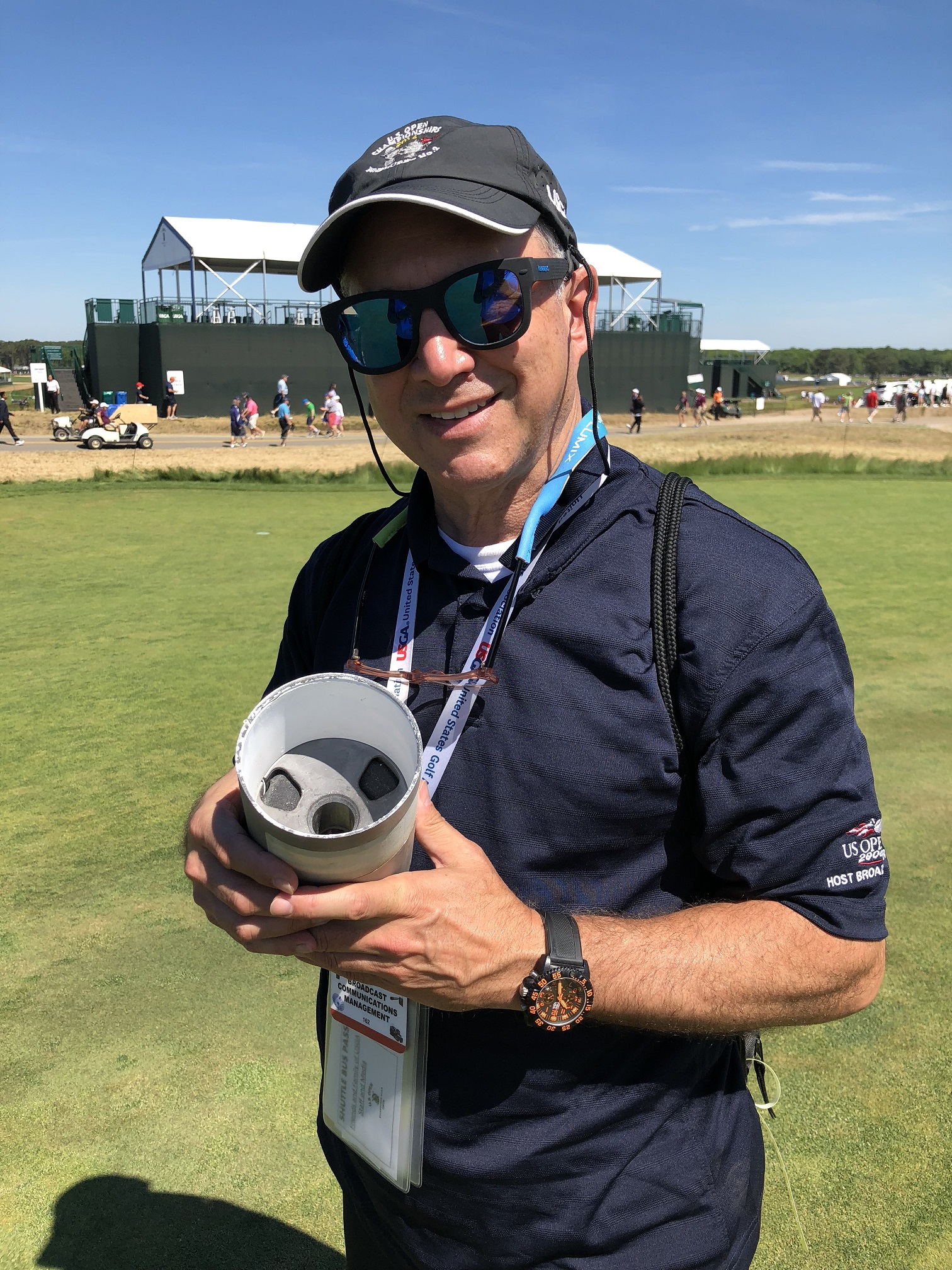

Fortunately, we were able to facilitate everyone that registered. It is apparent that will soon be a thing of the past for major events. The majority of the soon to be defunct 600 MHz band was used as was frequencies that were marginal due to distant DTV signals skipping in to th site. Newer technologies and antenna optimization will help overcome crowded airwaves. Bigger is not always better. A receive antenna aimed at the next state rather than at the microphone transmitter on the ground can definitely bring about problems.
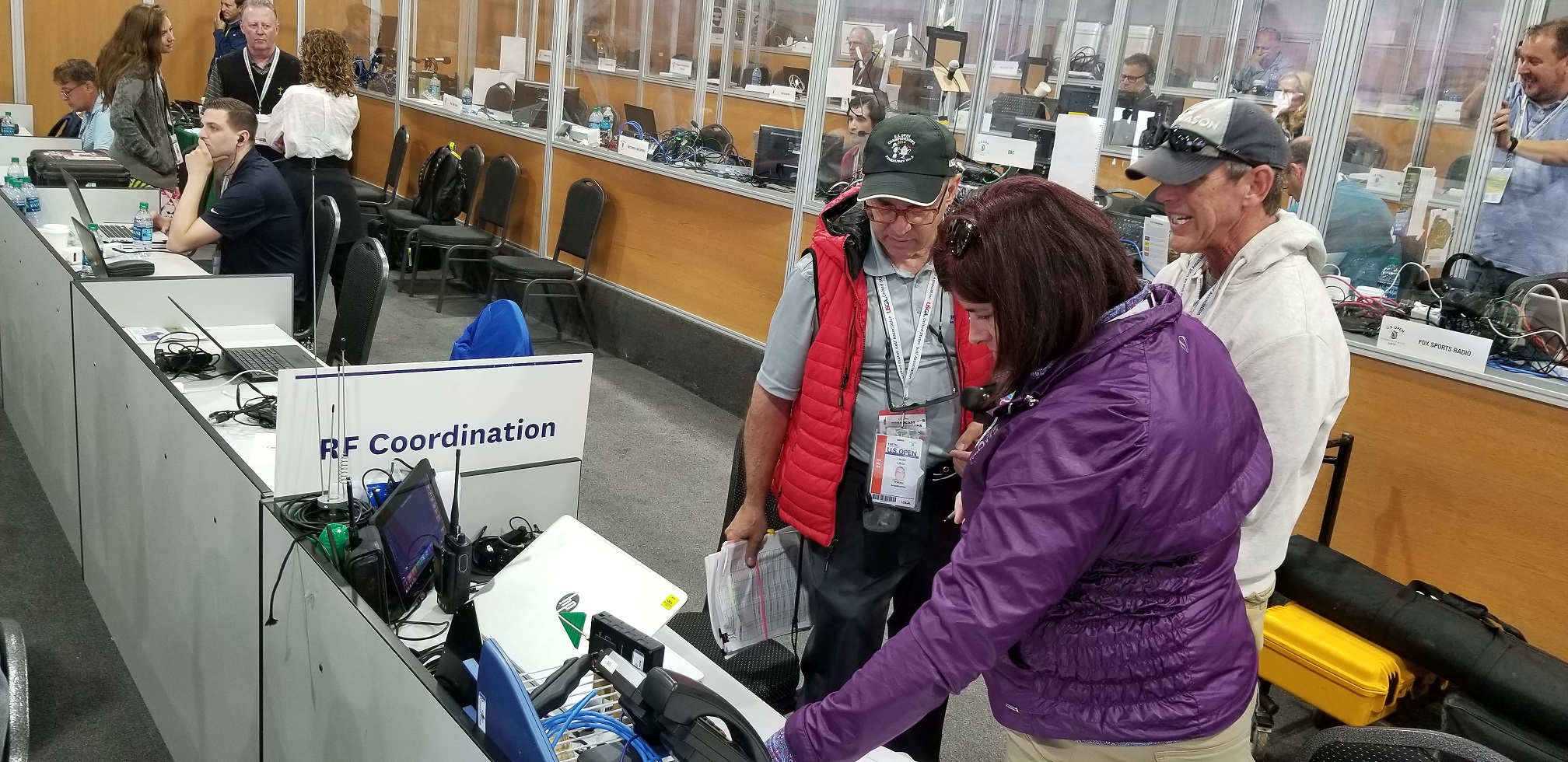 Broad-Comm team is up to the challenge to make event production and media management a smooth operation for our clients and partners. We continue to add new equipment and procedures to our arsenal of RF management tools. Email or calll us for more information on adding your event to our schedule.
Broad-Comm team is up to the challenge to make event production and media management a smooth operation for our clients and partners. We continue to add new equipment and procedures to our arsenal of RF management tools. Email or calll us for more information on adding your event to our schedule.
